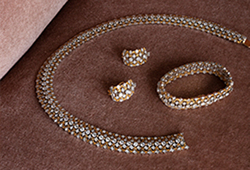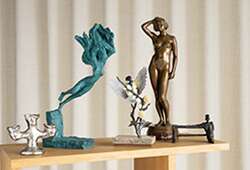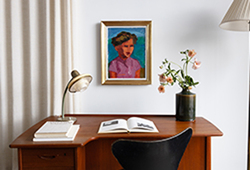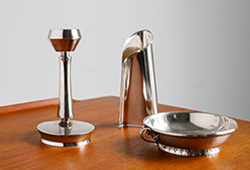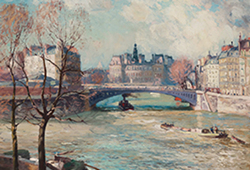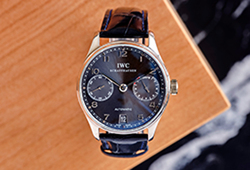Helene Schjerfbeck
A TAPESTRY.
"Birch". Model designed by Helene Schjerfbeck in 1908. A lottery prize, weaved by Olga Björklund at The Friends of Finnish Handicrafts (Suomen Käsityön Ystävät ry). 102x83 (fringes 16,5x8,5 cm).
Exhibitions
The prize-exhibition by The Finnish Society of Crafts and Design (Taideteollisuusyhdistys) Ateneum, May 1910 (Björkens saga); The Friends of Finnish Handicrafts association (Suomen Käsityön Ystävät ry) 120 year anniversary exhibition -Sidos, Museum of Art and Design, Helsinki; The Craft Museum of Finland, Jyväskylä; Oulu Art Museum 1999; Helene Schjerfbeck. Muutoksen vuodet-Hyvikää 1902-1925, Hyvinkää Art Museum 2001-2002; Helene Schjerfbeck, 150 years, Ateneum 2012.
Literature
Helene Schjerfbeck, 150 years. Editor-in-chief Leena Ahtola-Moorhouse, Ateneum Art Museum 2012. Pages 175-176.
More information
The "Birch"-tapestry by Helene Schjerfbeck (HS).
Helene Schjerfbeck's (1862-1946) long artistic career contains a short period (1902-1910) of textile design, designing textile models for The Friends of Finnish Handicrafts association, est. 1879 (FFH). The main purpose for the non-profit association is, and has been from the start, to to define and to cherish the pure Finnish style in the tradition of textile crafts.
By the turn of the century HS had reached a turning-point in her career searching for something new. She left the capital to settle down in Hyvinkää, a small municipality in Uusimaa region north of Helsinki. She renewed her art and the textiles date back to the same period of the early 1900s.
Her work with textiles could be considered an exercise in composition and colour and similarities as well as elements in both her painting and textile-designing are obvious. The influences worked in both ways. The significant style of hers; the unadorned composition and a scarce palette with different shades of green and blue had evolved.
The financial compensation she received for the textile designs FFH bought was of help when money was tight. According to FFH archives seven designs were purchased from her during 1902-1910. The "Birch"-design, purchased in 1908 and the original tapestry made by Schjerfbeck herself has been preserved together with instructions for manufacturing techniques. Either woven tapestry (as here) or cross-stitch work were stipulated by her.
Woven tapestry was fashionable at that time, but looking at the long Finnish textile tradition with rya rugs, it is fair to say that this technique represents a rare experiment in our textile history.
The Finnish Society of Crafts and Design (est. 1872) had in addition to their other activities annual lotteries which has become a significant forum for displaying contemporary craft in Finland. Lottery prizes represented all different fields of craft and design, thus textiles by FFH as well. The "Birch"-tapestry was won by Nr 241 in the 1910 lottery. According to archives the winner lived in Vaasa, Finnish Ostrobothnia. The tapestry reappeared in 1994 when Ateneum produced the extensive Helene Schjerfbeck exhibition. There are no similar textiles produced by the FFH, it is unique.





